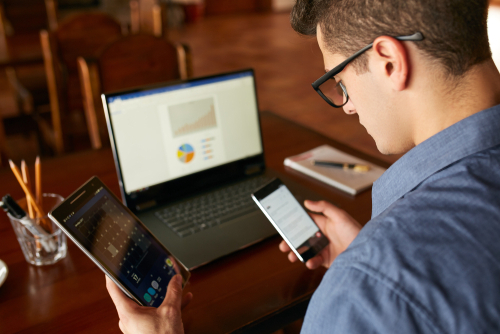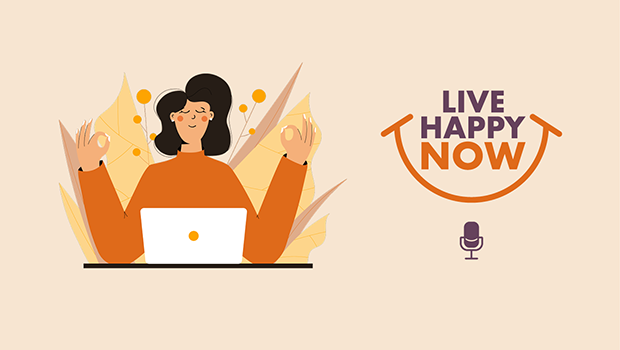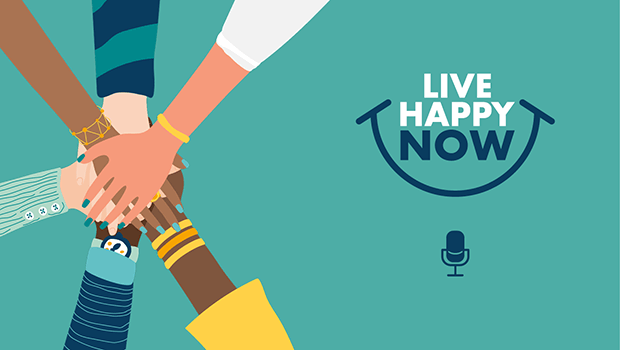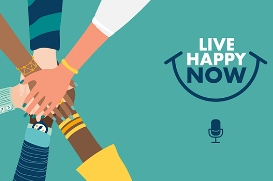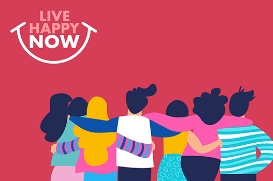New technology aims to make busy lives happier and more efficient.
When I was in middle school, my parents were both working full time. So after school, my brother and I would walk home and let ourselves into the house. Plopping down our school bags, we would grab a snack, find a seat on the couch, and, of course, turn on the TV. All of this had to happen quickly, though, because at 4 p.m., The Jetsons came on. We knew every episode by heart, but that didn’t stop us from watching them again and again. We were fascinated by the cartoon vision of the future.
What I didn’t know back then was that today’s political, social and business leaders were also watching The Jetsons at home on repeat, shaping a collective vision for the future. The original Jetsons series aired in the 1962-63 season, during the Cold War and shortly after the founding of NASA in 1958. Americans seemed equally optimistic and terrified about the future, giving rise to what came to be called the Golden Age of American Futurism. It was a time filled with artistic renderings of techno-utopian dreams of life in the future.
The future looked bright
Danny Graydon, the London-based author of the The Jetsons: The Official Guide to the Cartoon Classic, explains: “It [The Jetsons] coincided with this period of American history when there was a renewed hope—the beginning of the ’60s, sort of pre-Vietnam, when Kennedy was in power. So there was something very attractive about the nuclear family with good honest values thriving well into the future. I think that chimed with the zeitgeist of the American culture of the time.”
Two decades later, The Jetsons was rebooted, exposing a whole new generation (including me) to the visions of the not-so-distant future. Amazingly, The Jetsons and other futuristic musings from that time accurately predicted many technologies we know today, including flat-screen TVs, video calls, interactive news, talking alarm clocks and even watches that served as phones (hello, Dick Tracy).
Fifty years later, when the present seems to have caught up with the once-imagined future, we are left to wonder: What comes next? “The future” has become the topic of 2017, with TED conferences and Wired magazine articles devoted to the latest trends and futuristic projections.
The Internet of Things connects our lives
The “Internet of Things,” which is how people describe the interconnection between your [smart] phone, car, home (heating systems, alarm, door locks, sound system), baby monitor, garage door opener, and pretty much anything electric is predicted to seamlessly integrate our digital and physical worlds. It will link everything together over Wi-Fi to become part of this crazy network that drives our lives.
The idea behind this shift is that by automating and aggregating tasks and information in our environment, we can increase safety, save energy, reduce anxiety and increase happiness. Here are a few of the smart technologies available on the market now:
-
 Apple’s new Home app boasts the ability for users to “control a Fantasia-like orchestra of smart gadgets from one place, including everything from smart doorbells and locks, to thermostats, light bulbs, humidifiers and entertainment systems.” Did you forget to lock your door when you left home? Don’t worry, your smart home profile will lock the door when you leave, turn off extra lights, and perhaps even adjust your thermostat to save on energy costs.
Apple’s new Home app boasts the ability for users to “control a Fantasia-like orchestra of smart gadgets from one place, including everything from smart doorbells and locks, to thermostats, light bulbs, humidifiers and entertainment systems.” Did you forget to lock your door when you left home? Don’t worry, your smart home profile will lock the door when you leave, turn off extra lights, and perhaps even adjust your thermostat to save on energy costs. - The Ring Video Doorbell lets you see and talk remotely when someone comes to your door.
- KidsWifi helps you monitor and control what your kids see online, and when—as well as what content their friends bring into your home.
Certainly, smart homes sound nice and helpful, but at the end of the day what I really want is a smart and happy home. The truth is that technology is just a tool designed to facilitate happiness. It can help us automate tasks so that we have more quality time, but it can also distract (and frustrate) us if we are not thoughtful about how we use it. While the Internet of Things is ushering in a new era of home automation technologies, it’s important to remember that the happiest places are ones that are connected not with physical wires but with deep personal and emotional circuitry. The happiest homes in the past, present and future are those connected primarily with conversation, quality time, shared dreams and memories.
Listen to our podcast: The Future of Happiness With Amy Blankson
Read more from Amy: Let Technology Lift Your Life and 5 Tips for Digital Decluttering
Amy Blankson, aka the ‘Happy Tech Girl,’ is on a quest to help individuals balance productivity and well-being in the digital era. Amy, with her brother Shawn Achor, co-founded GoodThink, which brings the principles of positive psychology to life and works with organizations such as Google, NASA and the U.S. Army. Her new book is called The Future of Happiness: 5 Modern Strategies for Balancing Productivity and Well-being in the Digital Era.





